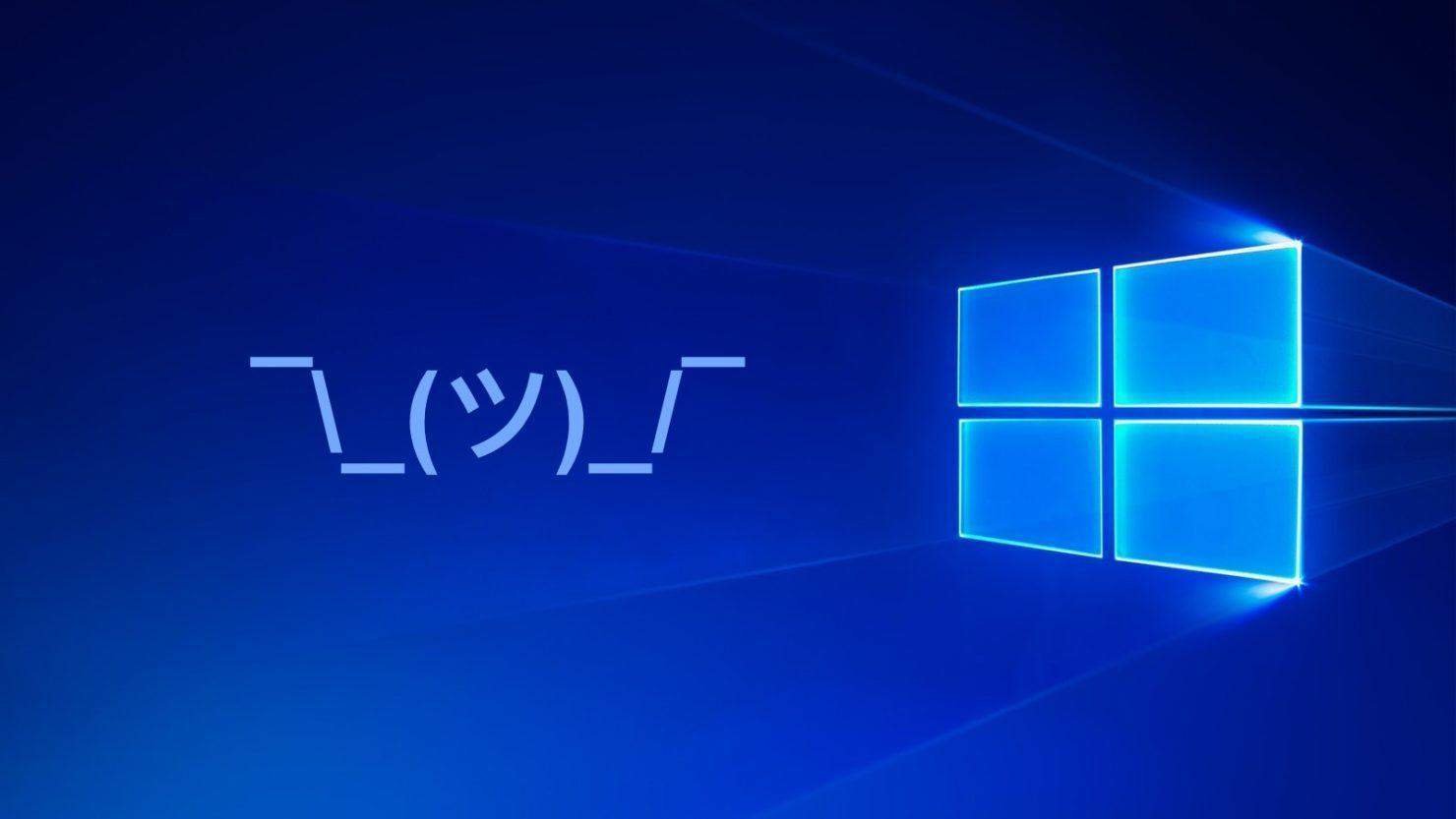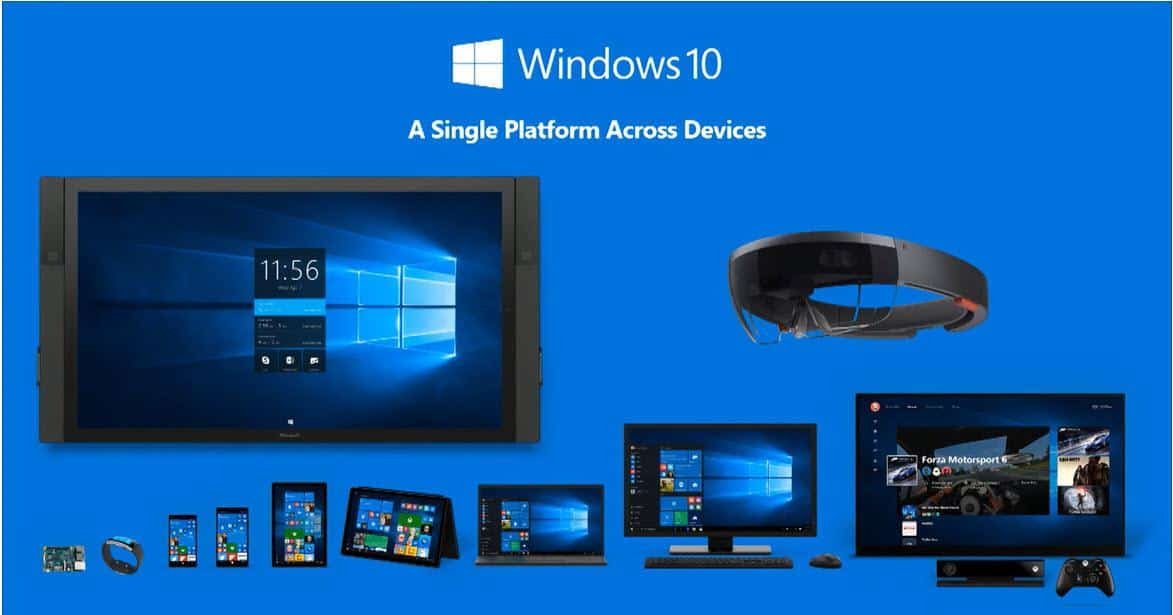Last week, Microsoft released a Release Preview of Windows 10 in 2004 through Windows Insider Program, signaling that we are very close to releasing the next updating capabilities of Windows 10.
This version will be released in time for the fifth anniversary of Windows 10, the version that was released in mid-2015.
Five years ago in 2015, Windows 10 seemed like a very interesting idea. What we all understand today is that it is a functional that is constantly upgraded, offering a lot of emotions to its friends, and not always positive. It is a functional in… .evolution.

After three decades, we got so used to the idea of Windows as an operating system that it was either good (Windows XP, Windows 7), or it was a complete failure (Vista). Back then, the era of Windows as a service was almost literally unthinkable. However, Microsoft seems to have gone that far, turning Windows from a big-bang-release model every three years to something that looks like a big-bug-release every six months or less.
However, Windows 10 is no longer an experiment. It is a fully implemented product. But let's look back five years, some ideas that did not work out exactly as planned.
In 2015, Microsoft's vision for Windows 10 was quite broad. It would work on many devices: Windows Mobile smartphones, small tablets such as the 8-inch Dell Venue 8 Pro 5000 series, computers, Xbox consoles, the huge Meeting Room-sized Surface Hub, and the HoloLens virtual reality set.

In 2020, this vision probably does not exist. Microsoft seems to have jumped off the rod (because as we have repeatedly said it is the most dangerous vehicle). Windows 10 Mobile officially does not exist and small tablets with Windows 10 have completely disappeared from the market. There seem to be some more in the Windows 2 in 1 device category and especially in the Chinese market.
After these decisions, the landscape applications, changed dramatically over a period of five years. Without mobile devices and small tablets, there is no need for a platform like Universal Windows (UWP). Microsoft then encouraged developers to add UWP features to their legacy desktop programs and then upload them for distribution through the Microsoft Store.
This initiative helped fill the Store, but blurred the lines between the new Windows applications and the old desktops (win32).
Some predicted that the "Windows as a service" model announced by Microsoft with great imagination would be a failure. But they did not think about how much the company could push.
Microsoft started development with separate release channels for business and consumers and then decided to use only one. They created a schedule to release feature updates but backed out because the numbers weren't coming. So the updates functions became optional. They modified the Enterprise / Education support lifecycle in response to some frustrated and exhausted sysadmins from constant updates. They added detailed documentation for each monthly quality update and changed the way security updates are documented.
These Windows 10 support lifecycle changes give corporate customers a two- to three-year break between upgrades.
Undoubtedly, most of these changes were for the better. But we can say one thing for sure. Do not believe Microsoft and what you see now, because the rules can and will change over and over again.
When Windows 10 was released in mid-2015, Microsoft's marketing and promotion was aggressive and persistent. The free offer was valid for a year, and we should hurry not to lose the loot…
The first major feature update came just four months later and three more feature updates over the next two years brought some significant changes.
This pace, however, proved to be very fast, and we saw it catastrophically 1809 version. This was the first release that was withdrawn from the servers immediately after its release to the public. It took six weeks for Microsoft to investigate the issues and get the release going. After that, the company dramatically reduced Windows releases.
The release of the 1903 version was slow, and cautious, and the 1909 version was essentially a service pack, providing what Microsoft called "select performance improvements, business capabilities, and quality improvements."
The 2004 version, now available as a Release Preview, has gone through the same long, deliberately slow preview cycle, and the H2 release ending in late 2020 will likely follow the same model as the 1909 version.
However, the free upgrade offer still stands, regardless of what the company says. As long as you install a feature update every 18 months or so, you're supported. So far, only one class of PCs has been incompatible with upgrading to Windows 10: Some 2-in-1 PCs from the Windows 8 era (2012-2014), running Intel Clover Trail CPUs, were unable to install any feature updates after in July 2016 Anniversary Update.
Microsoft acknowledged the problem and agreed to continue providing security updates until 2023, about 10 years after the devices go on sale.
Of course we should not forget that system telemetry of Windows 10. Nothing has changed other than more extensive documentation about what exactly it collects. In fact, the company released one data diagnostics utility which allows you to control the data yourself.
However, Windows 10 achieved two of the biggest goals the company had set.
First, most Windows users use Windows 10, and second, it offered an upgrade path to customers who were still using Windows 7 in business. This alternative became extremely important when the official expiration date for Windows 7 support arrived in January 2020.
In mid-2019, usage data from the U.S. Government Data Analysis Program showed that migration to Windows 10 seemed to have stopped. As of July 31, 2019, Windows 7 still accounted for 26% of all visits to US government websites. from Windows computers.
Nine months later, that number was halved. The number of visits to US government websites from Windows 7 computers is below 12,7% and continues to decline. Visits from devices running Windows 8.x have dropped to around 4%.
Will Windows 11 be released? With Microsoft you never know ..





